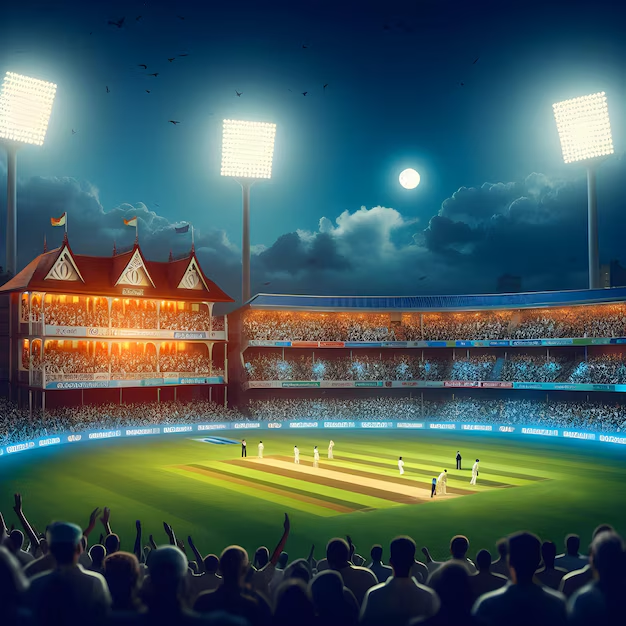Cricket is a sport beloved by millions around the globe, known for its strategic depth and sometimes extensive duration. Whether you are a seasoned fan or a newcomer to the sport, understanding the typical length of a cricket game can help you better appreciate its nuances. In this article, we will delve into the factors that determine how how long is a cricket game lasts.
Types of Cricket Matches
how long is a cricket game it vary significantly in length depending on the format. The three main types of cricket matches are Test matches, One Day Internationals (ODIs), and Twenty20 (T20) matches. Each format has its own rules and typical duration.
Understanding How Long is a Cricket Game in Different Formats
Test Matches
Test matches are the longest format of cricket, often considered the pinnacle of the sport. A Test match is played over five days, with each day consisting of three sessions: morning, afternoon, and evening.
-
Duration:
Up to 5 days
-
Sessions:
3 sessions of 2 hours each per day
-
Breaks:
40-minute lunch break and 20-minute tea break
In a Test match, each team gets two innings to bat and bowl, and there is no limit on the number of overs a team can bowl. The match ends when all innings are completed, or the five days expire.
One Day Internationals (ODIs)
ODIs are designed to fit within a single day, making them more accessible to a wider audience. Each team bats for a maximum of 50 overs.
-
Duration:
Approximately 8 hours
-
Innings:
2 innings (one for each team)
-
Break:
45-minute interval between innings
The team with the highest score at the end of their 50 overs wins the match. ODIs strike a balance between the endurance required for Test matches and the excitement of T20 games.
Twenty20 (T20) Matches
T20 cricket is the shortest and most explosive format of the game, designed to deliver fast-paced entertainment. Each team bats for a maximum of 20 overs.
-
Duration:
Approximately 3 hours
-
Innings:
2 innings (one for each team)
-
Break:
20-minute interval between innings
The brevity of T20 matches makes them ideal for evening entertainment, drawing in fans who may not have the time to commit to longer formats.
Factors Affecting the Duration of Cricket Matches
Several factors can influence the length of a cricket game, regardless of the format.
Weather Conditions
Weather can significantly impact the duration of a cricket match. Rain delays, bad light, and even extreme heat can cause interruptions. Test matches, in particular, have reserved days to accommodate such delays, while ODIs and T20s may have reduced overs or rescheduled matches.
Playing Conditions
The condition of the pitch and outfield can affect the pace of the game. A dry, hard pitch may lead to faster scoring and quicker dismissals, while a damp, soft pitch might slow down the game. Fielding conditions, such as the quality of the cricket field, also play a role in the match duration.
Over Rates
The rate at which a team bowls its overs, known as the over rate, can influence the length of the game. Deliberate slow play or frequent breaks in play can extend the duration. To combat this, governing bodies often impose penalties on teams that do not maintain a required over rate.
Strategic Play
Teams may employ different strategies that affect the game’s pace. In Test matches, teams may choose to bat defensively to prolong their innings or declare early to force a result. In limited-overs formats, aggressive batting and fast-paced bowling can speed up the game.
Cricket Field
The cricket field article explores the dimensions and features of a standard cricket ground, including the pitch, boundary, and various markings. Understanding the layout of the field is crucial for grasping how the game is played and how different conditions can affect match duration.
Cricket Fielding Positions
In our cricket fielding positions article, we delve into the various positions occupied by fielders during a game. Knowing these positions helps you understand the strategic decisions made by teams, which can influence the pace and length of a match.
Conclusion
how long is a cricket game widely depending on the format, weather, playing conditions, over rates, and strategic play. Test matches can last up to five days, ODIs around eight hours, and T20s approximately three hours.



